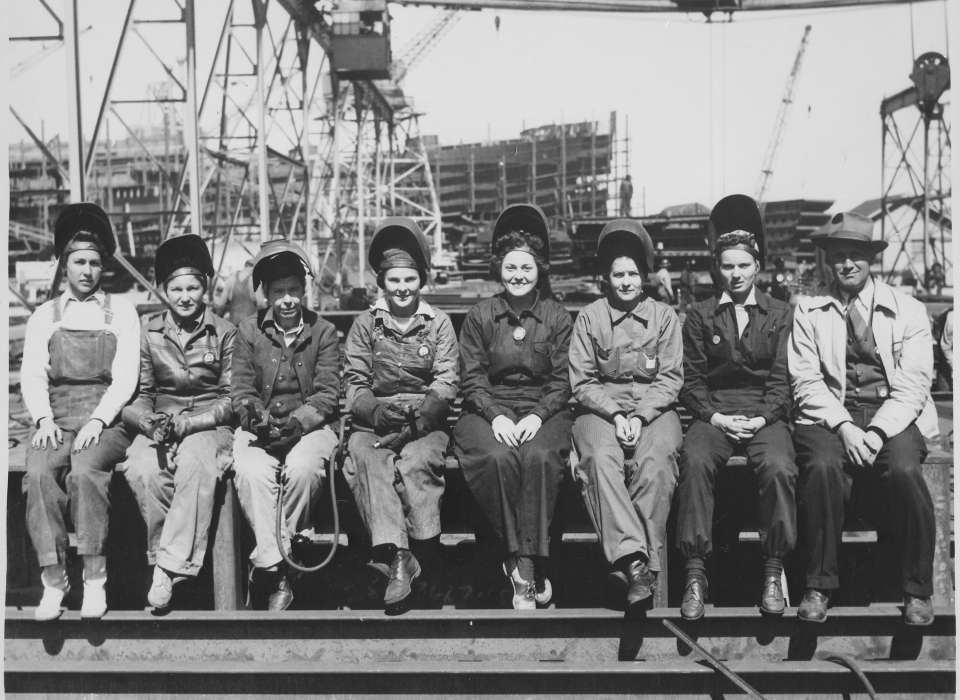World War I was a crucial moment in history that challenged traditional gender norms and expectations, leading to significant changes in women’s roles and rights. Women played a vital role on both the homefront and the battlefield, taking on new responsibilities and showcasing their strength and resilience in the face of adversity. From working in factories to serving as nurses and auxiliary units on the front lines, women proved themselves capable and dedicated, earning respect and admiration. These experiences paved the way for women to demand equal rights and recognition, breaking down barriers and reshaping societal norms. The role of women in World War I was instrumental in laying the foundation for greater equality and opportunities for future generations.
The Role of Women in World War I: Breaking Gender Norms on the Homefront and Battlefield
Introduction
World War I marked a significant turning point in the history of women’s rights and gender roles. The widespread mobilization of men for combat left a void in the workforce that needed to be filled, leading to increased opportunities for women to enter the workforce and take on roles traditionally reserved for men. Women also played a crucial role on the homefront, taking on new responsibilities and challenging societal expectations of their gender.
Women on the Homefront
On the homefront, women took on a variety of roles to support the war effort. They worked in factories producing war materials, filled in for men in agricultural jobs, and served as nurses and volunteers in hospitals and relief organizations. Women also took on new roles as fundraisers, organizers, and activists, working tirelessly to support the troops and promote the war effort.
One of the most significant contributions women made on the homefront was in the realm of suffrage. The war provided a powerful argument for women’s rights, as women proved themselves capable of taking on traditionally male roles and responsibilities. As a result, women’s suffrage movements gained momentum during the war, leading to important victories for women’s rights in many countries.
Women on the Battlefield
While women were not allowed to serve as combat soldiers in World War I, many found ways to contribute to the war effort on the front lines. Women served as nurses, telephone operators, and clerks in support roles, providing crucial support to the troops in combat zones. These women faced incredible danger and hardship, yet their contributions were often overlooked or dismissed due to their gender.
One of the most well-known examples of women on the battlefield during World War I was the women’s auxiliary units, such as the Women’s Army Auxiliary Corps (WAAC) in Britain. These units provided essential support services to the military, freeing up men for combat duty. Despite facing discrimination and ridicule from their male counterparts, the women of the WAAC proved themselves capable and dedicated soldiers, earning the respect and admiration of those they served alongside.
Breaking Gender Norms
The experiences of women during World War I challenged traditional gender norms and expectations, leading to significant changes in women’s roles and rights. Women proved themselves capable of taking on a wide range of responsibilities, from factory work to military service, demonstrating their strength, resilience, and resourcefulness in the face of adversity.
For many women, the war was a transformative experience that opened up new possibilities and opportunities. The war paved the way for women to enter new fields of work, pursue higher education, and demand equal rights and recognition. Women’s contributions to the war effort were instrumental in breaking down barriers and reshaping societal norms around gender roles and expectations.
Conclusion
The role of women in World War I was instrumental in reshaping gender norms and expectations, both on the homefront and the battlefield. Women’s contributions to the war effort demonstrated their strength, resilience, and capabilities, challenging traditional ideas about women’s roles and paving the way for greater equality and opportunities in the years to come. The experiences of women during World War I were a powerful catalyst for change, inspiring future generations of women to break free from the constraints of gender norms and pursue their full potential.
